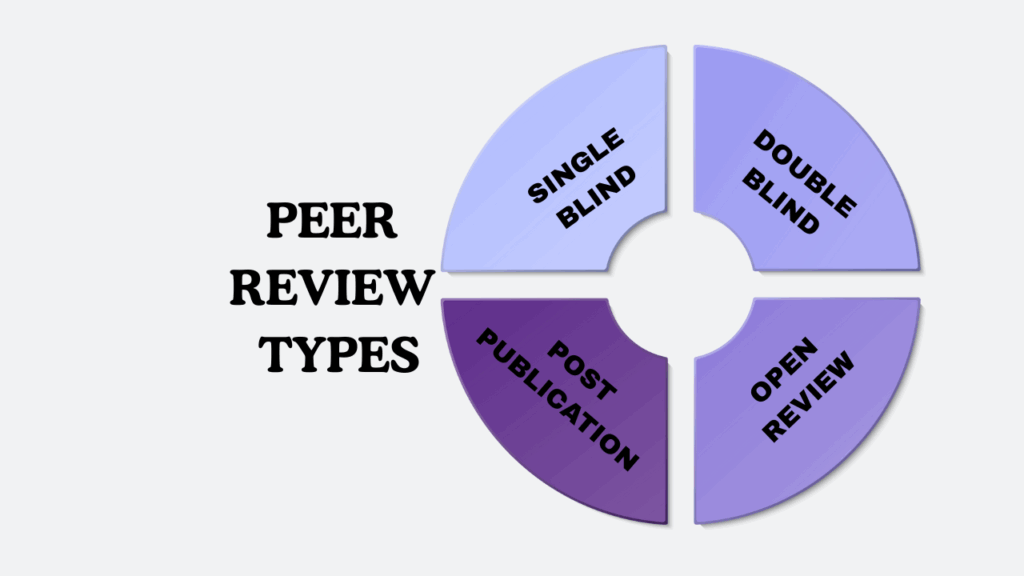How to respond to a “revise and resubmit” decision from a journal: 10 Steps to a successful revision

[This post has been reproduced with permission from Tanya Golash-Boza. It was originally published on her blog.]
When I submit an article to a top journal, often, the best possible outcome I can hope for is that the editors will invite me to respond to the reviewers’ comments and resubmit the article. To date, I have successfully completed 20 requests to revise extensively and resubmit. Over time, I have developed a straightforward approach to these requests. My method consists of ten easy-to-follow steps.
1. Read the letter from the editor
Read the letter from the editor carefully and make sure that you have indeed received a request to revise and resubmit your paper. Other possible responses you could receive from the editor include:
i.) Reject without an invitation to re-submit or outright rejection;
ii.) Conditional acceptance, where you are asked to make minor changes; and
iii.) Outright acceptance or Accept as is, where changes are not required, but might be suggested.
If you are unsure, you could make an inquiry to the editor or ask a more experienced colleague to read the letter for you.
2. Create an Excel file to list the revisions
Create an Excel file with four columns in which to list the reviewers’ suggestions for revision. You could label the 4 columns as, “Reviewer,” “Suggestions,” “Response,” “Status.” Widening the columns and wrapping the text makes it much more readable, especially for the two columns in the middle.
3. Extract the suggestions from the reviewers’ and editors’ comments
Read the reviews carefully to extract the suggestions for revision and list them in the Excel file. Extracting all of the useful suggestions from the reviewers’ comments can be a painstaking process. On some occasions, although the reviews contain useful information, they might not relay the information in a way that’s easy to understand.
The beauty of this step is that you can rewrite the suggestions and not have to look at the reviews again. For example, the reviewer might write, “One major problem with this article is that the research methods have insufficient evidence.” You could re-write this as something clearer and simpler; for example, “Provide a more accurate and complete discussion of the data collection in the Methods section.” Be sure to label each suggestion according to where it comes from, for instance from Reviewer One, Reviewer Two, or Reviewer Three, or the Editor.
4. Re-arrange the suggestions for revision in a logical fashion
Often, two reviewers will both mention in different ways that there are issues with the reporting of your results or that you have presented an incomplete literature review. If you group all of the suggestions regarding the Results section together into a smaller category, it will be easier for you to tackle the revision systematically. Organizing all of the suggestions for the Introduction, literature review, data analysis, etc., will make it easier to respond to the reviews.
5. Decide how you will respond to all of the reviewers’ suggestions
If for example, one of the suggestions is to more clearly explain how your study fits within the context of existing literature, then you could rewrite it as, “Add one paragraph to the introduction, clearly conveying the existing gap in literature that has triggered the need for your current study.” Ensure that the suggestions you lay out for yourself make it clear what the next step is.
You must respond to all of the reviewers’ suggestions. Address each comment and specify what corresponding changes you have made in the revised version of your paper. There may be some suggestions that you disagree with. This is fine, but in case you have chosen not to make changes based on a reviewer’s suggestion, you have to explain your decision. For example, the reviewer might suggest that you conduct additional or alternative experiments to improve your study. If you disagree, you could respond by explaining why you think this step is not necessary for your argument. Formulate clear instructions to yourself for how you will respond to the comments in the third column.
6. Tackle your revision plan, step by step
Now that you have made a clear plan for revision by outlining all of the reviewers’ suggestions and have decided how you will respond, you can tackle the revisions one by one. If you feel intimidated, start with the easiest ones. Usually, the easy ones will be minor suggestions for revision such as correcting grammar or punctuation errors. An even easier suggestion could be to add a citation from your reference list.
7. Use your Excel file to write the response letter to the editor
You should obviously not send the editor your Excel file. Instead, you can use your Excel file to write a neat, comprehensive, and well-formatted response letter to the editor. Here is an example from a response letter to the editor: Reviewer One suggested that I contextualize my study in terms of the existing literature. I have included a detailed explanation of the existing gap in literature that has triggered the need for my study.
8. Double-check
Go back to the original reviews, and double-check to make sure that you have not missed anything. Go through each suggestion or comment, and double-check your response letter to the editor to make sure that you have addressed each suggestion and have explained how you have responded to each of these.
9. Give your manuscript a final read
Read through your article to make sure that you have maintained the flow and argument of your paper even after having made the revisions. Read it without thinking about the reviews, and instead view it as a reader who is unaware of both your original article as well as the reviewers’ comments.
10. Re-submit your paper
Once you are satisfied with all of the changes made, send the revised article and the response letter back to the journal editor.
After months of working on your research paper, it could be disheartening to receive major suggestions for change from peer reviewers. However, do not get discouraged by a “revise and resubmit” decision from the journal. The fact that the editor has asked you to make changes and resubmit your paper shows that he/she thinks that your paper has potential and can be publish-worthy if the suggested changes are incorporated. The key is to take it one step at a time and address the reviewers’ comments systematically.




